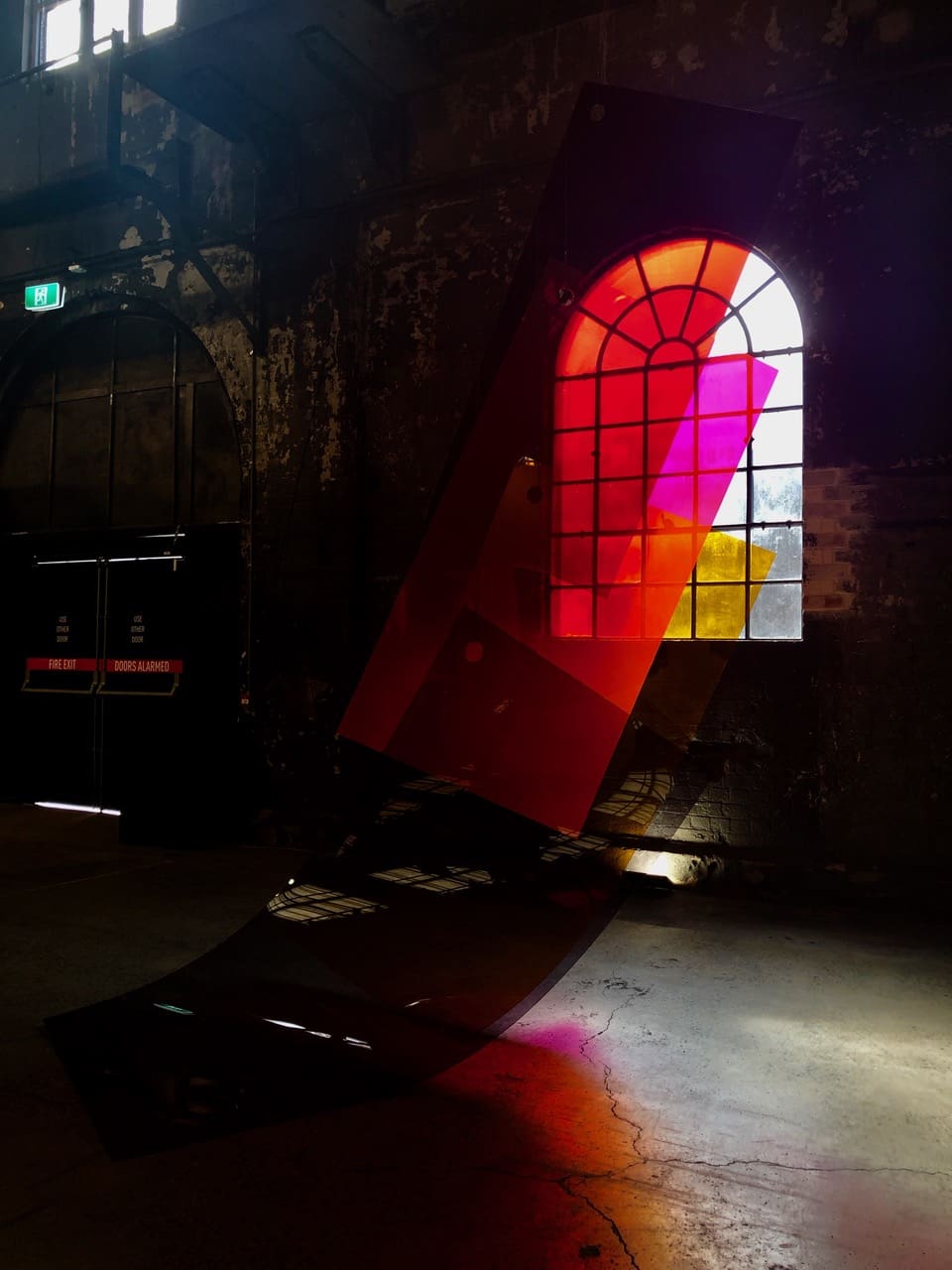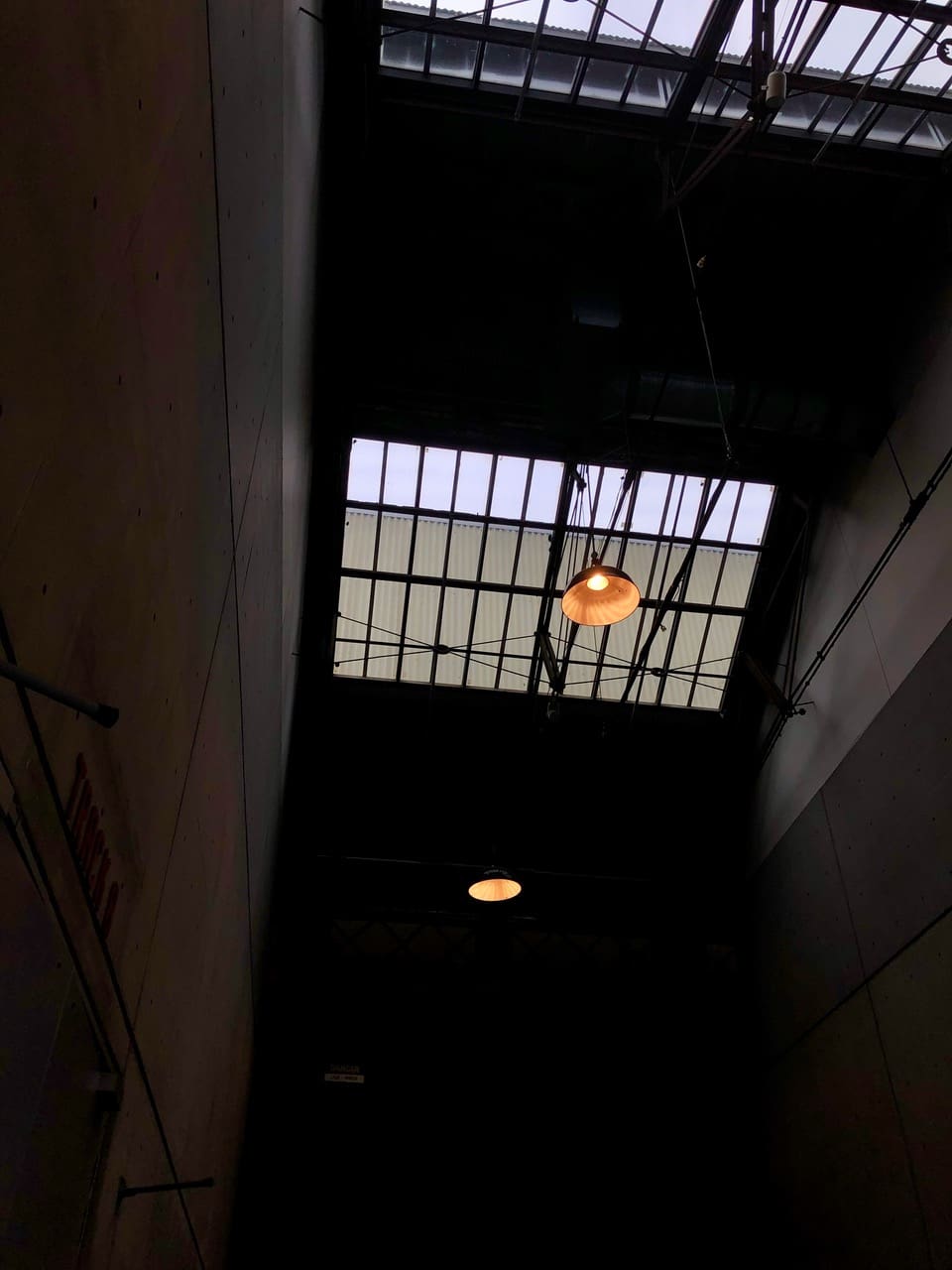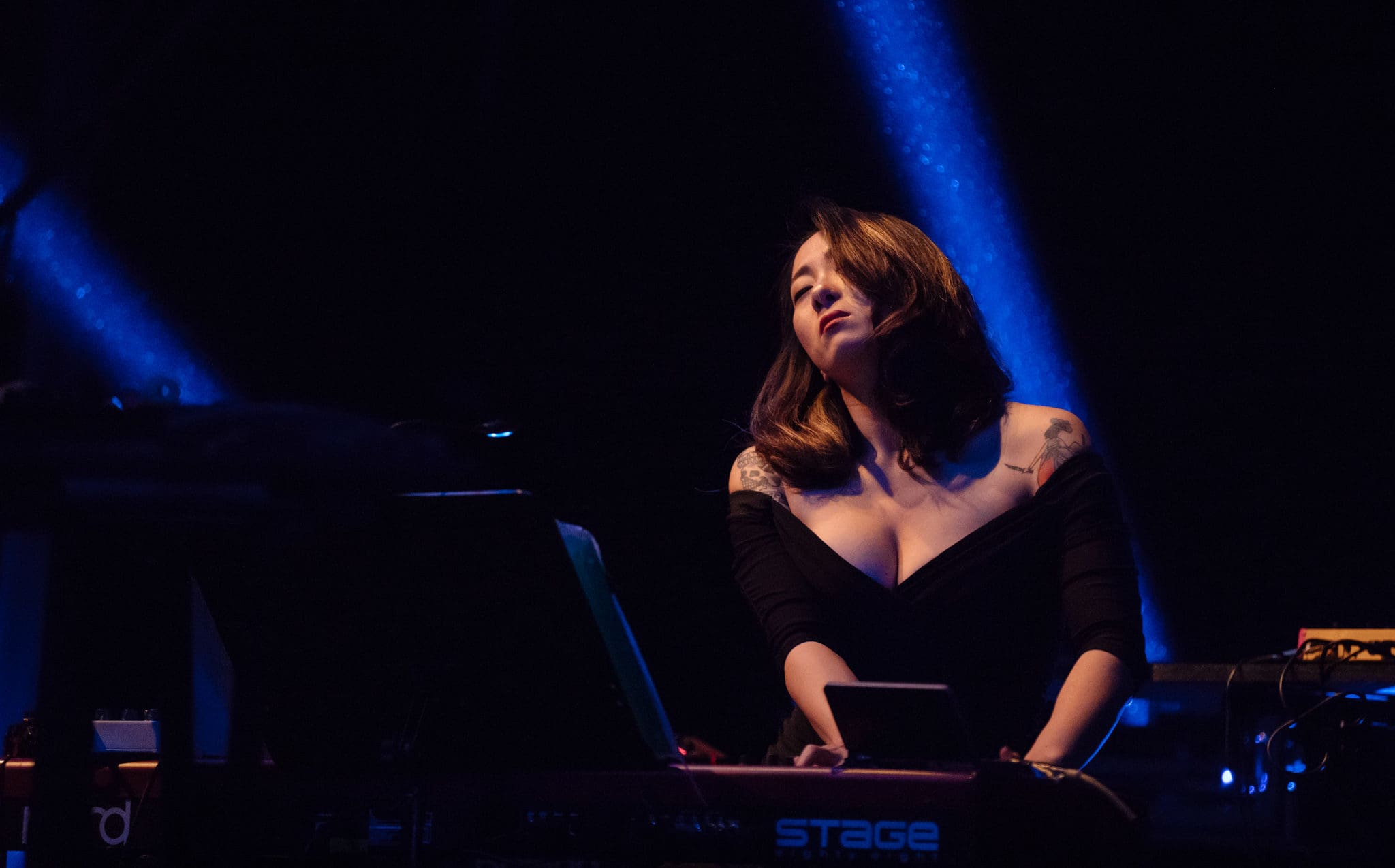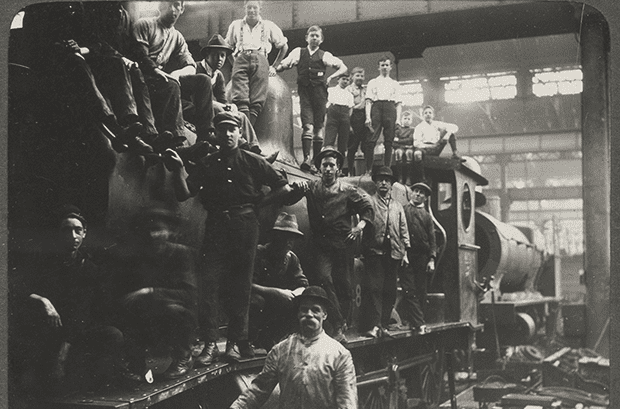Earlier this month, Carriageworks, Australia’s largest multi-art centre, announced that it would be going into voluntary administration. A short walk from Sydney University’s Abercrombie Building, Carriageworks has become a staple of Sydney’s cultural scene, using its 17 venues to host awards ceremonies, art galleries, theatre productions and seminars, to just name a few. Throughout its 13 years of existence, it’s provided a space for unrestrained creative expression and diverse, radical ideas. We reached out to a number of people with fond memories of the precinct — from former employees, to artists and audience members — to provide a glimpse into Carriageworks’ importance, and why we can’t afford to let it die. We hope that these memories will play a small part in the fight to save an iconic cultural institution.
Jenny Leong: Greens member for Newtown
“It is impossible for me to share just one memory of Carriageworks – images fly in to my head of the countless performances I have seen as part of Performance Space programming, independent programming or festival seasons, dancing in the middle of a sweaty crowd while Jesswar performed, slurping up piping hot pho at the Saturday markets surrounded by fine food and delicious smells, tasting beer at a craft brewing festival, experiencing vast visual art installations in the main space like Zhang Huan’s Sydney Buddha, and watching Australian music legends including The Presets and Sarah Blasko play at FBI Radio’s 10th birthday celebrations back in 2013. I also love wandering around this space when there are no people around, soaking up the heritage, the histories and the memories of the past. We must keep this precious public space and institution in public hands.”
Rhian Mordaunt: USyd student
“I went on a first date to Carriageworks to see the opera ‘The Rape of Lucretia’ directed by Kip Williams back in 2017. It was the most weird first date I’ve ever been on – opera singers dramtically singing about Ancient Rome, suicide and sexual assault isn’t my idea of a romantic time. But in a shocking twist of events I ended up dating that guy for over a year. Carriageworks will always have a special place in my heart and I’m forever grateful for all the times I’ve been able to witness beautiful (and sometimes traumatic) art and theatre over the years there.”
Madeline Martin: Former Carriageworks employee
“I was Monica Lewinsky’s bodyguard for fifteen minutes. That was just one of the indelible experiences of my time at Carriageworks. The institution’s diverse programming, which spanned visual art, theatre, food and live music, meant that working at Carriageworks was never dull. Truncating my myriad experiences is difficult, but some highlights include having my aura portrait taken by Kate Mitchell for her installation All Auras Touch, the bidaily activation of Tom Mùller’s Ghost Line during the National 2019 and the monthly chef masterclasses which ran in tandem with the weekly Carriageworks Farmer’s Market. It was also a great privilege to work on the site of the Eveleigh Railway Workshops, the birthplace of the Great Strike of 1917. A lesson to learn from this moment in Australian industrial history is that times of crisis do not have to erode the rights of workers. Ultimately, the most formidable aspect of working at Carriageworks was forming bonds with my Front of House comrades, with whom I stand in solidarity with during this sad time.”

Image courtesy: Madeline Martin. 
Image courtesy: Madeline Martin.
Lauren Lancaster: Fashion Week volunteer
“Last year I worked backstage at Fashion Week, and it was the coolest experience! Carla Zampatti’s show with the Australian Brandenburg Orchestra playing the middle of the runway was by far the highlight – but we had to stay back for three hours after the show scratching the silver foil off the runway with our bare fingernails!!”
Lawrence English: Artist and founder of Room40
There are many venues in Australia and there are many arts centres. They all contribute to how we form a sense of ourselves, culturally, socially and even politically. Beyond pure inspiration and joy, they provide us with creative mechanisms to ask difficult questions, they allow us to ponder uneasy problems through divergent media and they invite us to dream of the possible futures that we action through our day to day lives.
There is however only one Carriageworks.
If people asked me about what I felt about Carriageworks, I would reply with a simple statement – Carriageworks is a benchmark for the kind of curatorial vision that is profoundly needed in this country, and especially Sydney! Carriageworks is a beacon, a shining light of possibility for how art, music and culture can be radical and at the same time draw in audiences and moreover send them home with experiences that continue to resonate long after they have passed. Carriageworks hailed the experiences of art not merely as spectacle or hollow entertainment, but as transformative, life altering encounters that carry forward.
I have had the pleasure to curate part of the music program at Carriageworks since 2015; specifically Room40’s Open Frame Festival and in 2019 a special presentation of the legendary Japanese free music unit Marginal Consort. For over half a decade, I have been able to share my musical obsessions with some 500 curious others each evening in Bay 20. It was without question one of the most satisfying and inspiring curatorial projects I have ever undertaken.
Personally, Carriageworks also offered me a wonderful reminder of the value of support. On numerous occasions, Lisa Ffrench and Lisa Havilah (and in recent times wonderful folks like Rosie Fisher and Daniel Mudie Cunningham), reminded me that there is inherent value in this work. There is a cultural legacy that is built and that legacy is not merely the space within which the work unfolds, but it is the combined efforts of all the amazing humans that toil to realise it. This is what Carriageworks really is; it’s the people who worked there and the people who visited. They were the flesh of this architectural skeleton and to them I am eternally grateful to have shared these experiences.
Carriageworks is what our art centres should be like – its lungs breathed a profound sense of curiosity, wonder and warmth. It’s a reminder of the wonder of possibility and the promise of imagination.

James Bradshaw: Local musician
I attended Open Frame: Room40 at Carriageworks in 2019, a two-day ambient and experimental music highlight that featured artists such as Stephen O’Malley of Sunn O))) and industrial noise mastermind, Merzbow. It really changed my life. To be able to see these artists that I had always heard were essential live acts in a place as accessible and well facilitating as Carriageworks. I honestly can’t think of any other venue in Sydney that would have both chosen to present such artists and have presented them in such an expert way when it came to audio quality and audience experience. It will be another massive hit to Sydney’s artistic identity to lose such a vital and communal space for those working in any medium.
Ben Hansen: Presenter at FBi Radio
As a fresh faced 19 year old, I attended the FBi SMACs Festival at Carriageworks in 2016. I vividly remember running around the halls listening to and watching legends of the Sydney music scene such as Sampha the Great, Palms, Cosmos Midnight, and even future leader of the Labor Party DJ Anthony Albanese. Before this, my friends and I had only been to larger festivals like Groovin the Moo. This experience at Carriageworks turned me from a music lover to an obsessive. It was the first time I felt like a part of my local music community. I would return to Carriageworks many times throughout the years, even returning earlier this year for the SMAC Awards as an FBi Radio volunteer, but that first gig is one I’ll always hold near and dear.
Paul Dwyer: Lecturer at USyd.
Legend has it that the NSW Government was persuaded to invest in the development of the Carriageworks site when the then Premier, Bob Carr, was lobbied by the famous French theatre director, Ariane Mnouchkine. Her company, the Théâtre du Soleil, was one of the headline acts of the Sydney Festival in 2002 and Carr (who was also the Arts Minister) took Mnouchkine on a helicopter ride over the city. She apparently told him that Australia needed to look after its artists better and that a space should be found where innovative, interdisciplinary, experimental practices could be fostered. I gather Mnouchkine had been primed by local artists to mention the Carriageworks site. At any rate, I think Carr saw himself as a bit of a Louis XIV and decreed that it should happen.
There is always, of course, a risk that turning an industrial heritage site like Carriageworks into a cultural “precinct” simply plays into the nastier aspects of the gentrification of an inner-city area like Redfern/Erskineville: property values go up; rents go up; people who’ve lived in the area for years are forced out, etc. That said, I think the redevelopment of Carriageworks does honour the working-class history of the site and there has been some very important, socially-inclusive arts programming. Carriageworks provides a home for Moogahlin Performing Arts, the First Peoples company that’s going from strength to strength. Performance Space, one of the other resident companies, is also working with emerging and established artists, including many people of colour and those who identify as queer or trans. The Liveworks Festival, curated by Performance Space, offers a context for really significant interactions between Australian artists and their peers right across the Asia-Pacific. And then there is the way that Carriageworks links in with events like Sydney Festival or the Biennale: I’ve seen, heard, experienced so many amazing installation works for free in the stunning foyer and gallery spaces.
Carriageworks is unique in its capacity to host both works of great scale and smaller, intimate shows. A personal highlight for me was working on Tribunal, a production by PYT Fairfield that Sydney Festival picked up and presented in 2018. Led by Aunty Rhonda Dixon Grovenor, this theatrical imagining of what a truth commission into Australia’s treatment of asylum-seekers might look like was beautifully accommodated in Track 8 and warmly received.





